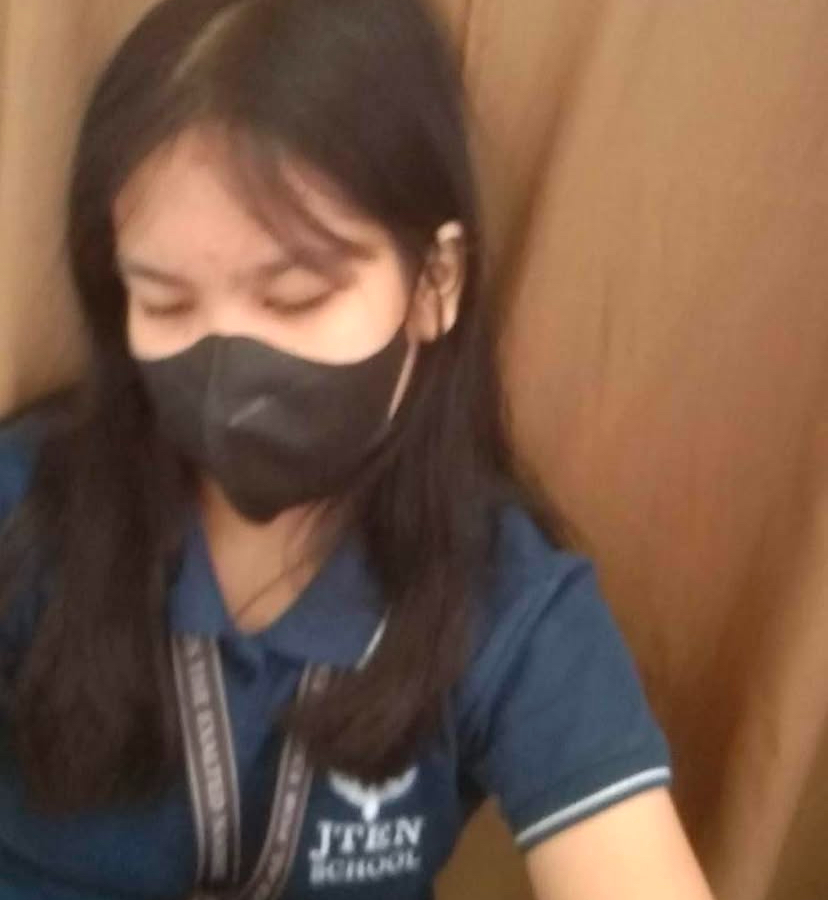Protista
Cards (60)
- The oldest widely accepted fossils of eukaryotes are ofsingle-celled organisms that lived 1.8 billion years ago.
- eukaryotic cells have morecomplex organization than prokaryotic cells:
- endosymbiosiswhen a prokaryotic cell engulfed a small cellthat would evolve into an organelle found in alleukaryotes, the mitochondrion.
- The small,engulfed cell is an example of anendosymbiont,
- a cell that lives within anothercell, called the host cell.
- Serial endosymbiosis – ahypothesis for the origin ofmitochondria and plastids.
- The proposed host cell was anarchaean.
- The proposed ancestors ofmitochondria were aerobic,heterotrophic bacteria,
- theproposed ancestors of plastids werephotosynthetic bacteria.
- Protists▫ a diverse collection of mostly unicellulareukaryotes.
- eukaryotes that are not plants, animals, or fungi.Protists
- autotrophs, producing their food byphotosynthesis (e.g. algae)
- mixotrophs (capable of both photosynthesisand heterotrophy, depending on availability of light andnutrients, e.g. Euglena)
- Heterotrophs are organisms that cannot produce their own food and rely on consuming other organisms for energy. (e.g. protozoans, parasites)
- Free-living protists▫ Mostly aquatic.Terrestrial habitat such as damp soil and leaf litter
- zooplankton, a population of organisms that constitutesone of the primary sources of energy in aquaticecosystems
- Parasitic protists▫ Several species cause a variety of serious human diseasesincluding malaria, dysentery, and giardiasis
- SAR Stands for Stramenopila, Alveolata, and Rhizaria,
- SAR: StramenopilesUnifying feature:presence of a textured,or “hairy,” flagellum
- SAR: StramenopilesDIATOMS▫ Unicellular algae; one of the most importantphotosynthetic organisms on Earth▫ the organic molecules these microscopic algaeproduce are a key source of food in all aquaticenvironments.▫ Some diatoms store food reserves in the form of lipiddroplets as well as carbohydrates.
- SAR: StramenopilesBROWN ALGAE▫ include many of the species commonly calledseaweeds.▫ We use the word seaweeds here to refer to marinealgae that have large multicellular bodies but lack theroots, stems, and leaves found in most plants▫ Fish, sea lions, sea otters, and gray whales regularlyuse these kelp “forests” as their feeding grounds.
- Brown algae called KelpAnchored to the seafloor by rootlikestructures, kelp may grow to heightsof 60 m, taller than a 15-storybuilding
- SAR: StramenopilesWATER MOLDS▫ Heterotrophic, unicellular stramenopiles that typicallydecompose dead plants and animals in freshwaterhabitats.▫ also include plant parasites such as the notoriousgenus Phytophthora, whose name comes from Greekroots meaning plant destroyer▫ causes late blight of potato, the disease responsible fora devastating famine in Ireland in the mid-1800s
- Alveolates• Dinoflagellates• Ciliates
- DINOFLAGELLATES▫ A diverse group that includes unicellular autotrophs,heterotrophs, and mixotrophs, are also very commoncomponents of marine and freshwater
- plankton(communities of organisms that drift in aquaticenvironments).
- Blooms - population explosions—of autotrophicdinoflagellates
- warm coastal watersto turn pinkish orange, a phenomenon known as redtide
- CILIATES▫ named for their use of cilia to move and to sweepfood into their oral groove, or cell mouth
- ▫ Paramecium, a common freshwater protist
- Plasmodium, causes malaria, kills half a millionpeople a year.
- SAR: RhizariaUnifying feature:threadlike or needle-likepseudopodia
- The two largest groups in Rhizaria, foraminiferans andradiolarians,
- Amoebas move and feed by means of thread-like
- (rather than tube or lobe-shaped) pseudopodia, which are temporaryextensions of the cell.
- Which groups of Stramenopila, Alveolata,and Rhizaria include autotrophs?Stramenopila: diatoms, brown algaeAlveolata: dinoflagellatesRhizaria: none
- Supergroup ExcavataInclude protists withexcavated feedinggroove
- Many excavates have modified mitochondria that lackfunctional electron transport chains and use anaerobicpathways, such as glycolysis, to extract energy
- Trichomonas vaginalis is a common sexuallytransmitted parasite that causes an estimated 4million new infections each year. The parasite travelsthrough the reproductive tract by moving its flagellaand undulating part of its membrane.
- Trypanosoma are parasites that can be transmitted tohumans by insects.
